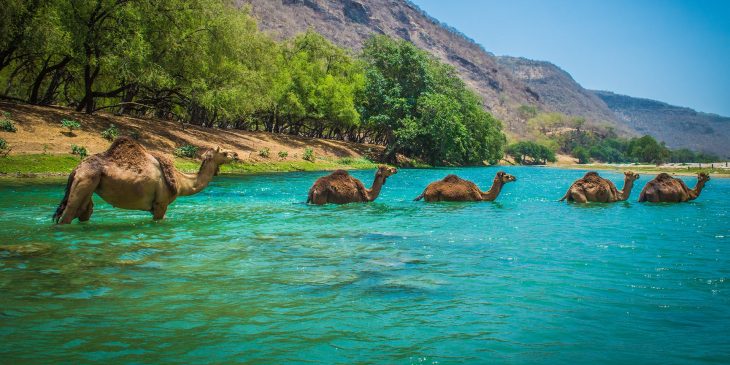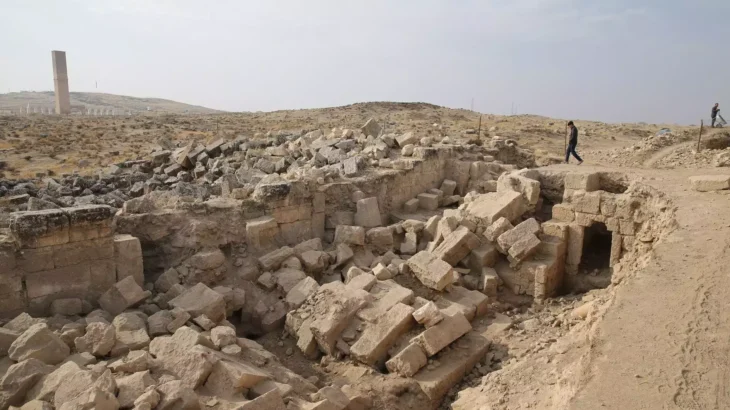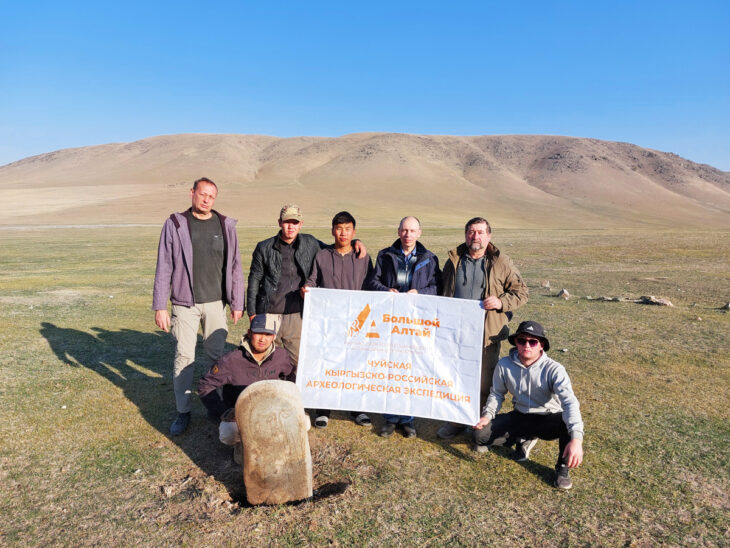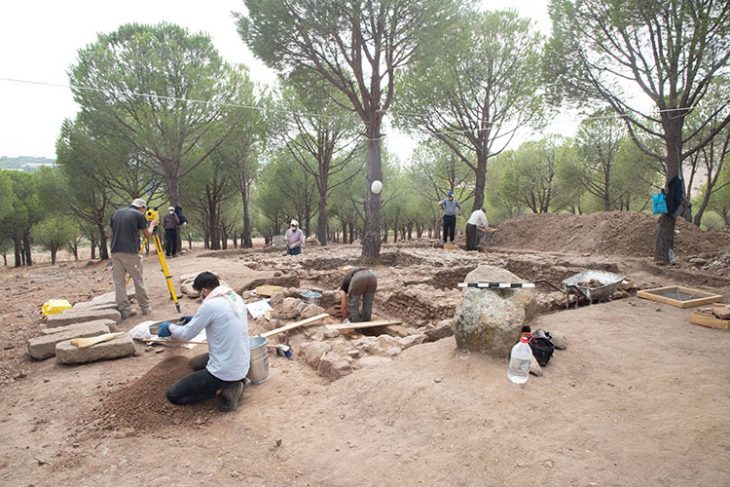3,300-Year-Old War Helmet Reveals the Power, Beliefs, and Craftsmanship of the Hittite Civilization
A rare 3,300-year-old bronze helmet discovered in central Turkey has unveiled remarkable insights into one of the most powerful yet often overlooked civilizations of the ancient world—the Hittite Empire. The helmet, unearthed during excavations in the religious-military hub of Şapinuva, is now displayed at the Çorum Archaeology Museum, capturing the attention of historians and archaeologists worldwide.
Who Were the Hittites?
The Hittites were an Indo-European civilization that rose to prominence in Anatolia (modern-day Türkiye) around the 17th century BCE and became one of the major superpowers of the ancient Near East by the 14th century BCE. Rivals to Egypt, Assyria, and Babylon, they were known for their legal system, advanced metallurgy, chariot warfare, and complex bureaucracy.
Their capital, Hattusa, was a grand city with stone walls, temples, and archives filled with cuneiform tablets. The Hittites played a pivotal role in shaping political and military dynamics in the region until the fall of their empire around 1200 BCE, during the Bronze Age collapse.
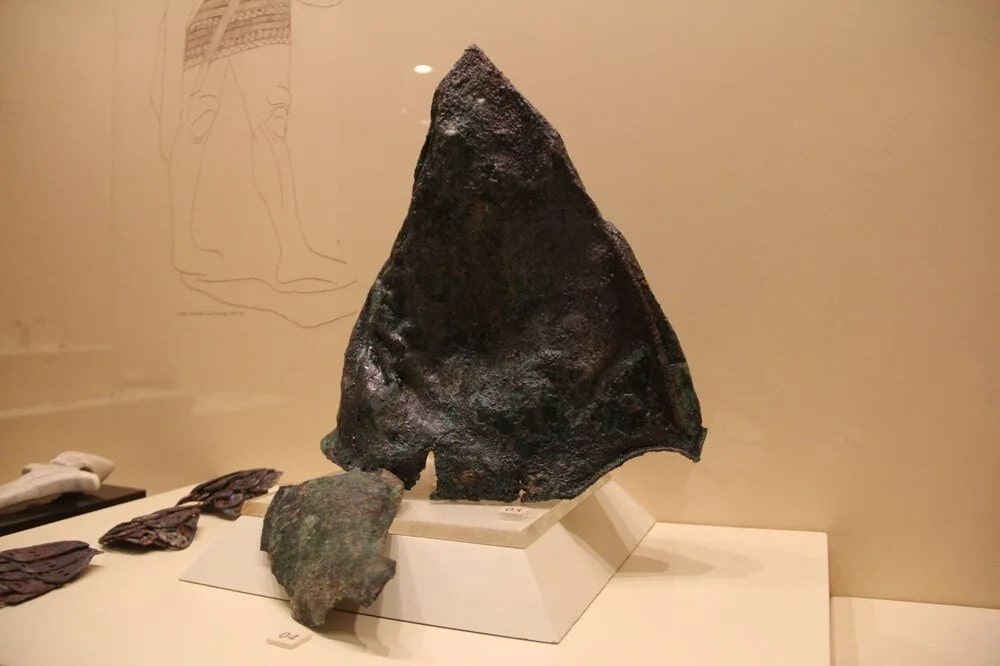
A Helmet of War and Worship
The recently discovered conical bronze helmet, dated to the 13th century BCE, was found crushed beneath the debris of Building D in Şapinuva, suggesting it had been buried during a destructive fire. What makes this artifact extraordinary is not just its age but its function and symbolism.
📣 Our WhatsApp channel is now LIVE! Stay up-to-date with the latest news and updates, just click here to follow us on WhatsApp and never miss a thing!!
The helmet is thought to have served a dual purpose:
Military Protection: Its rivet holes and extended flaps suggest it was designed to protect the warrior’s cheeks, ears, and neck during combat.
Religious Offering: The fact that it was found placed on a sacrificial bench indicates it was also used as a ritual offering, likely dedicated to the Storm God, a central deity in Hittite religion associated with war and weather.
According to inscriptions and iconography from Hattusa and Yazılıkaya, helmets of this kind were not only worn by soldiers but also by gods in ceremonial representations—blurring the line between divine power and military strength.
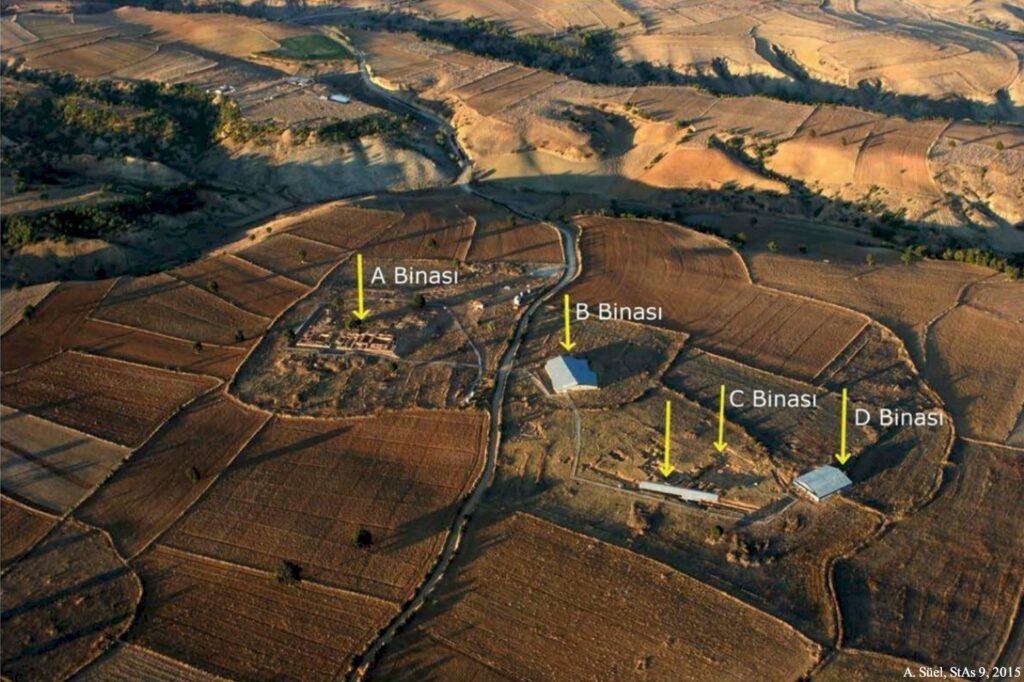
Military Innovation in the Late Bronze Age
The Hittites were pioneers of chariot warfare and metallurgy. Their military elite wore armor and helmets that balanced protection with mobility. The helmet’s design, featuring a sharp crown and protective ear flaps, echoes depictions found at the King’s Gate reliefs in Hattusa, where gods and warriors wear similar headgear.
These helmets were known by the Hurrian name gur-sip-pi and the Hittite term huprushhi. They weren’t just protective gear—they were symbols of rank, honor, and divine favor.
Notably, bronze helmets like this were sometimes given as diplomatic gifts. One historical record mentions the Hittite king gifting such an object to the Egyptian pharaoh—a clear sign of their cultural prestige.
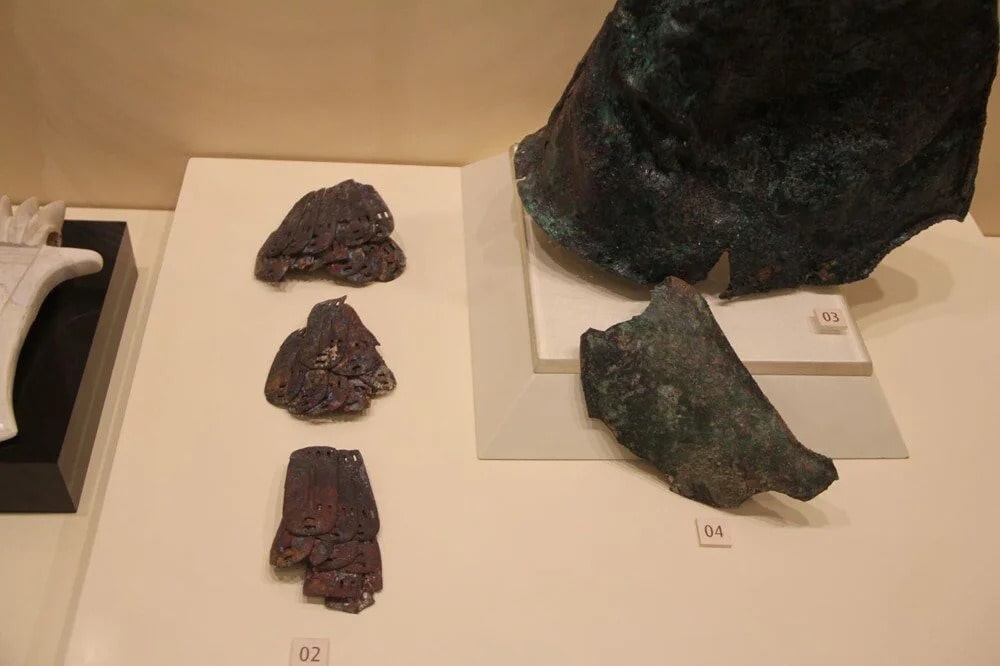
Rare and Resilient
Very few metal helmets from the Hittite period have survived to the modern day. Bronze was a valuable commodity and was often melted down for reuse, making intact artifacts extremely rare. That this piece endured centuries of decay, war, and fire is a testament to the Hittites’ metallurgical skill.
Its recovery also provides tangible evidence of how intertwined religion and warfare were in Hittite society. Offering helmets to gods might have been a plea for protection or victory, or an act of gratitude after successful military campaigns.
Conclusion: More Than Just a Helmet
The discovery of the Şapinuva helmet offers more than a look at ancient warfare—it’s a doorway into the beliefs, rituals, and political sophistication of a once-mighty civilization. As archaeologists continue to analyze this artifact, it may yet reveal more about the identity of its wearer, the battles fought, and the gods it honored.
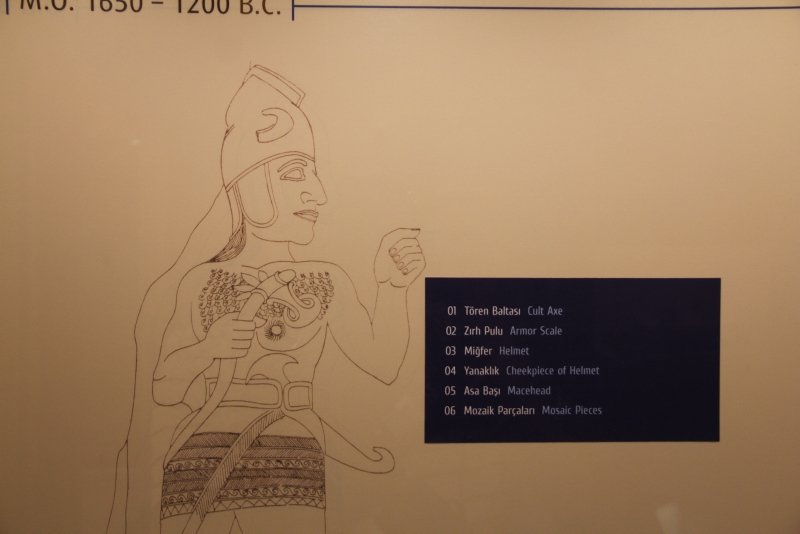
In a world shaped by steel and myth, this bronze helmet is a voice from 3,300 years ago, telling a story of warriors, gods, and a forgotten empire that once ruled the heart of Anatolia.
In our article, excerpts are made from Dr. Mustafa Süel’s article titled “Ortaköy-Şapinuva’da Bulunan Bronze Bir Miğfer”.
Süel A. − Soysal O., The Hattian-Hittite Foundation Rituals from Ortaköy (I) Fragments to CTH 725 “Rituel Bilingue de Consécration d’un Temple”, in: Anatolica 33 1-22.
Cover Image Credit: Public Domain



